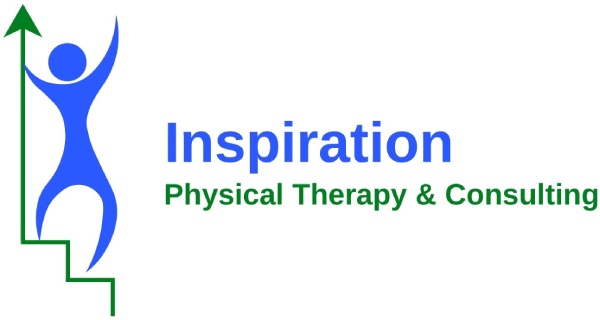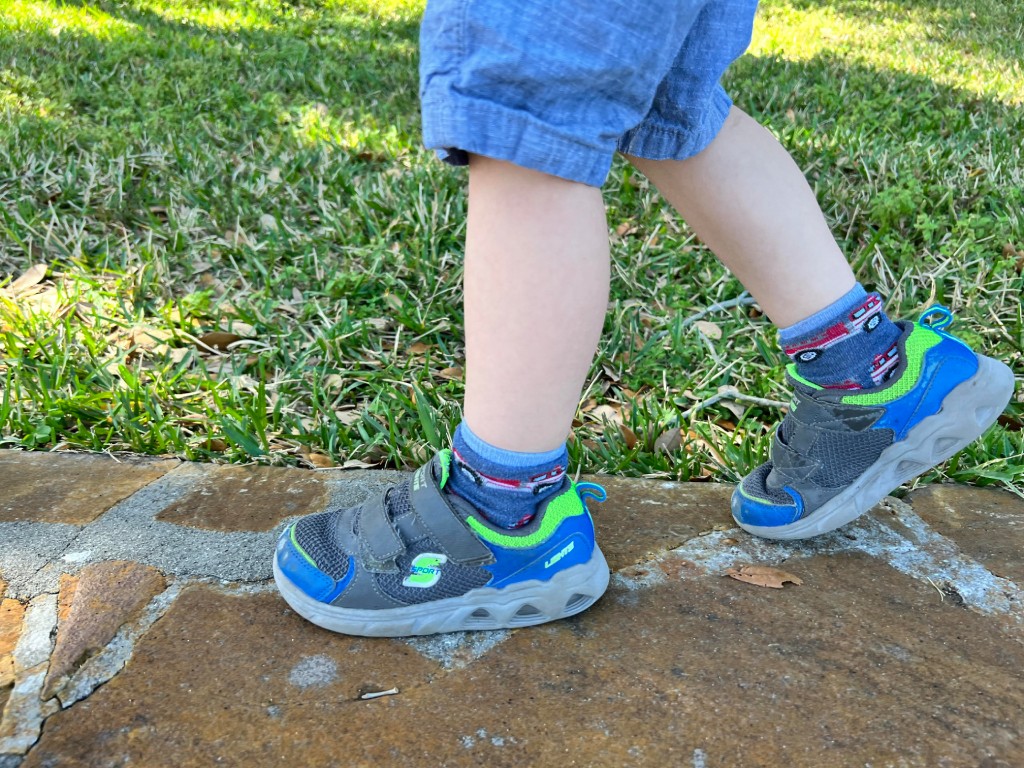SI Joint dysfunction
Your Sacroiliac joint, or SI joint, is where your spine (sacrum) meet your hips (ilium). Its purpose is to provide stability and to help with shock absorption from your legs. Dysfunction of your SI joint can cause pain and discomfort in your lower back, buttocks and surrounding areas. If you are having SI joint pain, usually no position (sitting nor standing) is comfortable and you prefer to switch between positions. This joint has very little movement but can have different muscles pull on it to create a feeling of misalignment or the SI joint being \”out.\” A muscle energy technique (MET) can help to correct this misalignment and re-balance the muscles and joint. After a MET, your PT may recommend some gentle stretches and/or some strengthening and stabilization exercises and activities.
Can a leg length difference affect my back and SI joint?
Yes, having one leg that is longer or shorter can change the forces transmitted up through your legs into your SI joint and low back, or lumbar spine. Your PT can help measure if you have a leg length difference and help you coordinate to get an orthotic if needed.
Orthopedic Injuries and Pain
- Cervical/ Neck
- Thoracic
- Lumbar/ Back/ Sciatica
- Shoulder
- Elbow
- Wrist/hand
- Hip
- Knee
- Foot/ankle
- Headaches
- TMJ/ Jaw Pain
What is Sciatica?
Sciatica is a general term for pain that travels along the sciatic nerve. The nerves for your legs exit the spine at different levels (L1-L5, S1-S3) and then either go to a bundle of nerves called the lumbar plexus or the sacral plexus. From these plexuses, several main nerves that innervate your legs exit. One of these nerves is the femoral nerve. The femoral nerve travels down the front of your leg above the knee; one of the main muscles innervated by your femoral nerve is your quadricep muscle. Another one of the main nerve is your sciatic nerve. Your sciatic runs down the back of your leg and innervates your hamstring and everything below your knee. Sciatic nerve symptoms can have a variety of causes and it is important to treat the root cause of the symptoms rather than the symptoms. Some examples of causes of sciatic nerve pain are lumbar stenosis, herniated discs, tightness in your lumbar muscles or piriformis. Your PT will do a thorough evaluation and help to determine the cause of your symptoms and then set up a treatment plan to help address the cause and facilitate your return to daily activities.
If I had PT for my back before and it didn’t help, why would it help now?
Depending on when and where you had your previous PT, the process, evaluation and treatment may have changed. We base our treatments on how you present during your evaluation, what has worked or not worked in the past, the current literature and evidence for effective treatments and your goals for progress. We conduct thorough, one on one evaluations to help get to the root cause of your back pain so that we can set up an effective treatment program. We have had many patients get better after failing previous attempts at PT!
How does the PT assess my back and SI joint?
Your PT will sit down with you and discuss your current and past symptoms and what activities in your daily life are currently difficult or painful due to your back pain. Then your PT will conduct a thorough examination looking at your strength, range of motion, flexibility, stability of your lower back and both legs, how you are walking, balancing, standing and sitting and then palpate your area of pain. Then your PT will discuss the findings with you and, together, set up a plan that may include exercises, activities, manual hands on techniques and muscle activation training.
Screening for potential need for PT
Not sure if you need PT or not?
We would be happy to have a quick 5 minute phone consultation for free with you to help determine if PT can help!
Still not sure?
We can also offer a low cost 15 minute telehealth screening during which we can discuss your concerns and take a quick look at your movement patterns and body mechanics.
Bio lead-in
Our focus and vision is to bring you high quality physical therapy in the comfort of your own home, in a local park or via telehealth. By using the latest evidence, years of experience, and a variety of manual techniques, we offer a unique and individualized treatment plan for you! We are focused on getting you back to being you!

